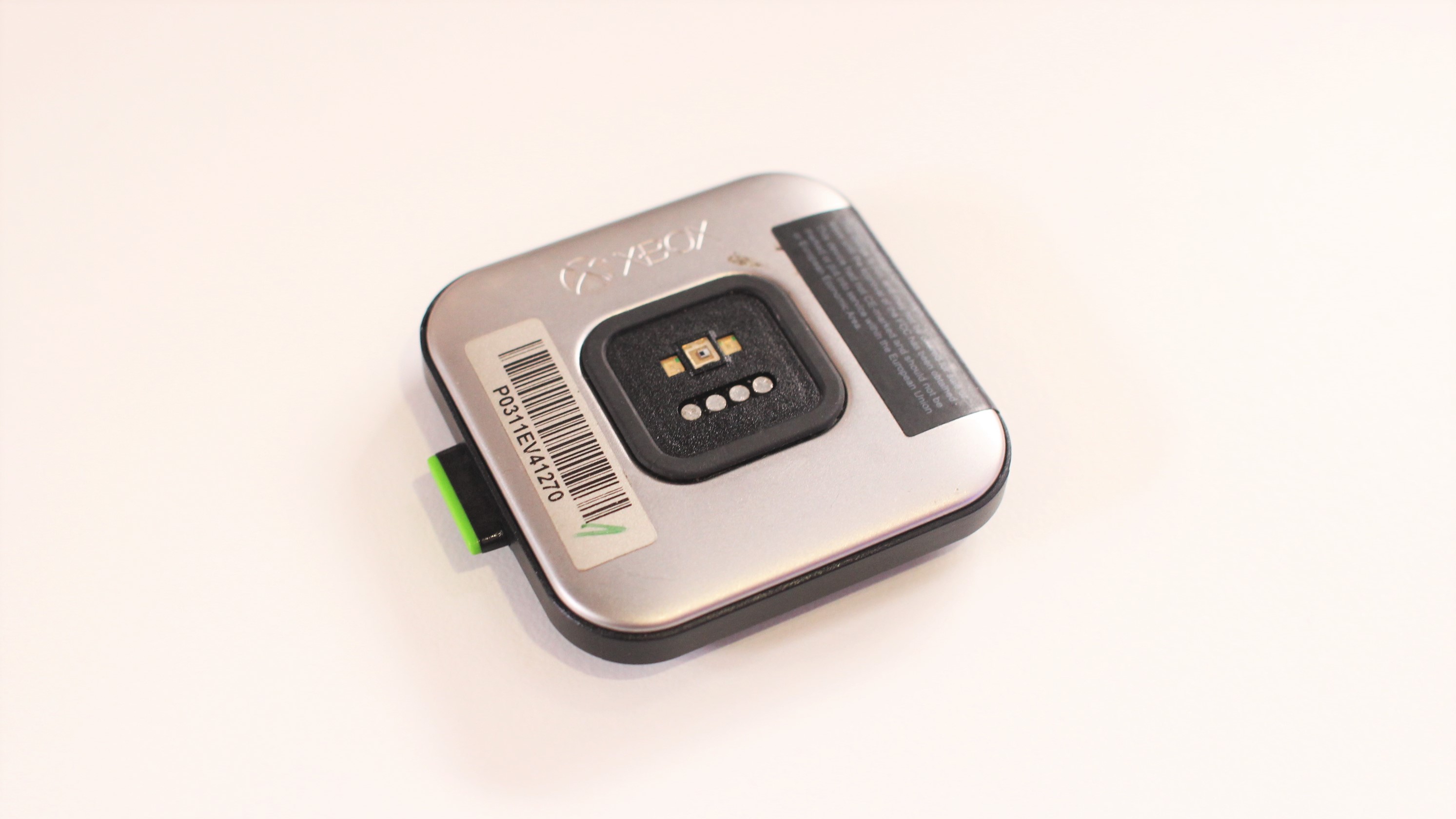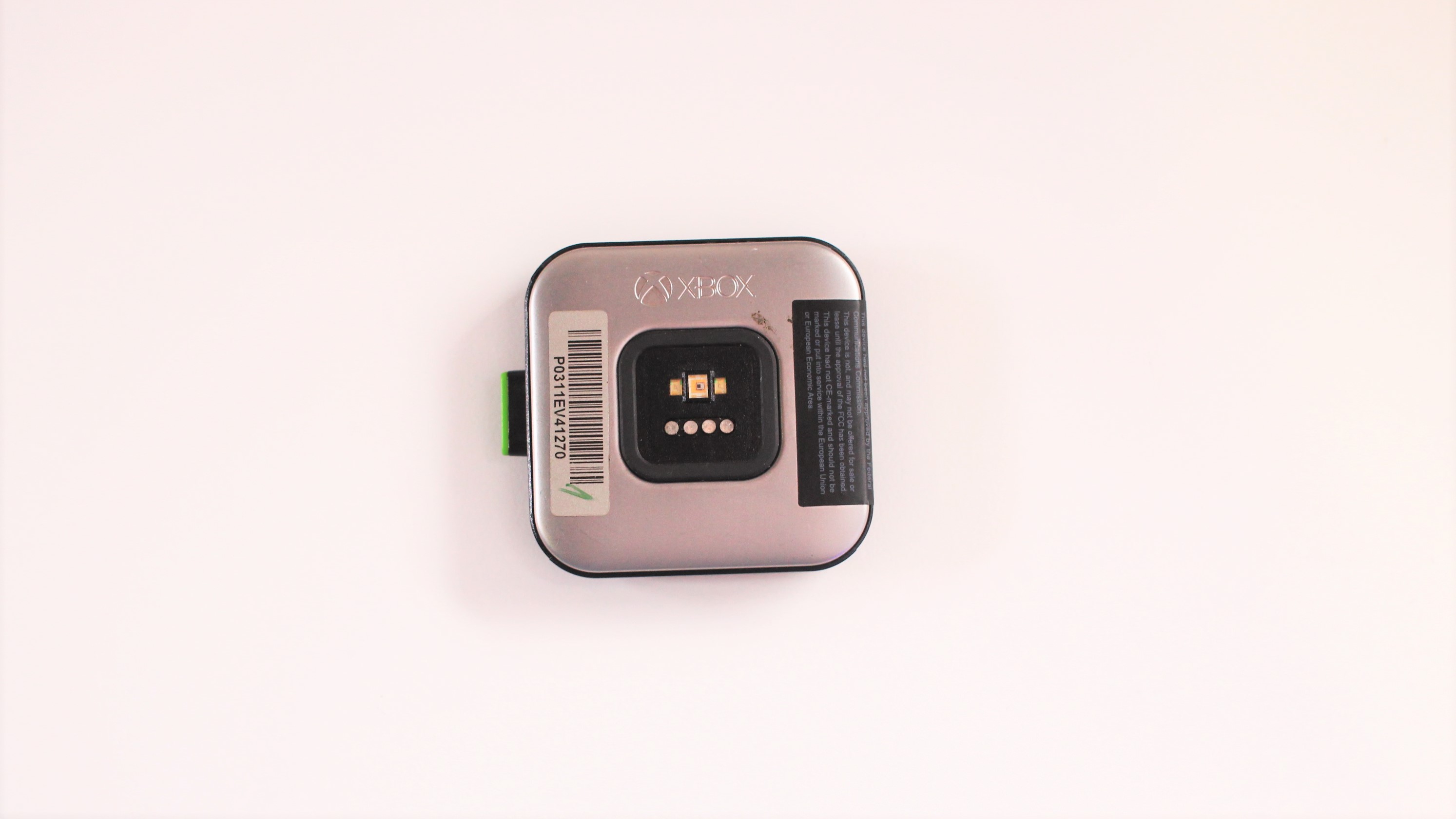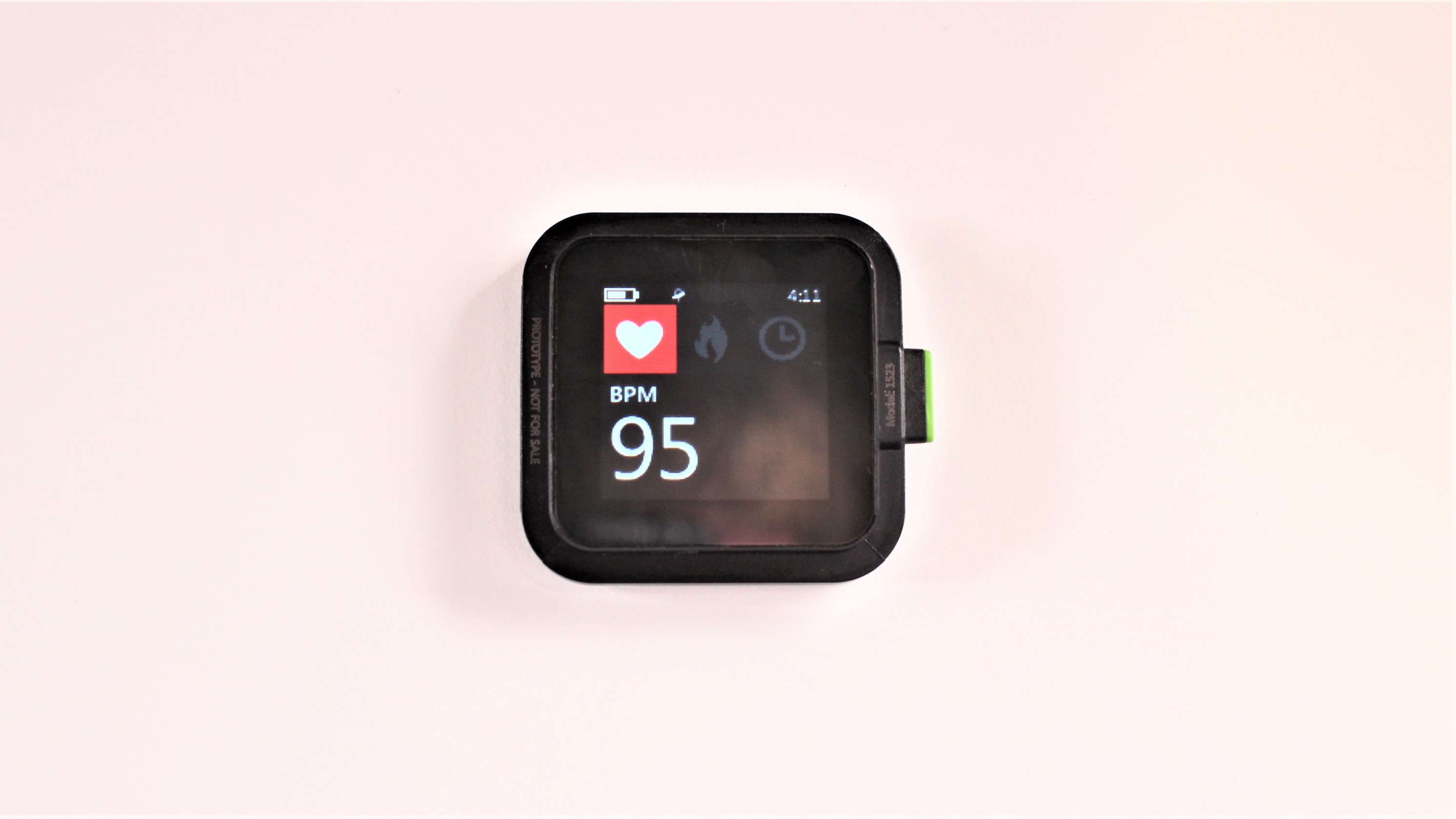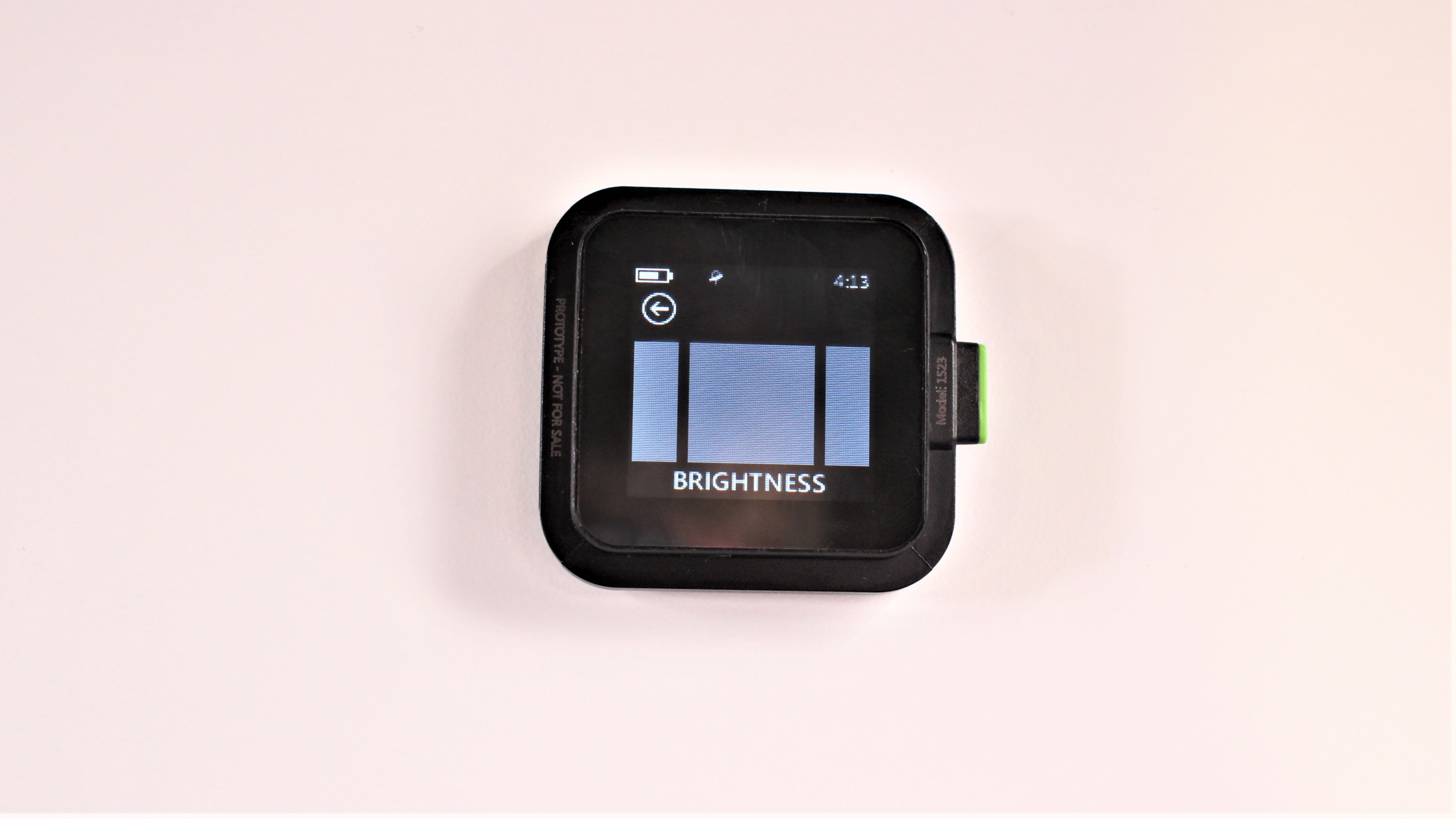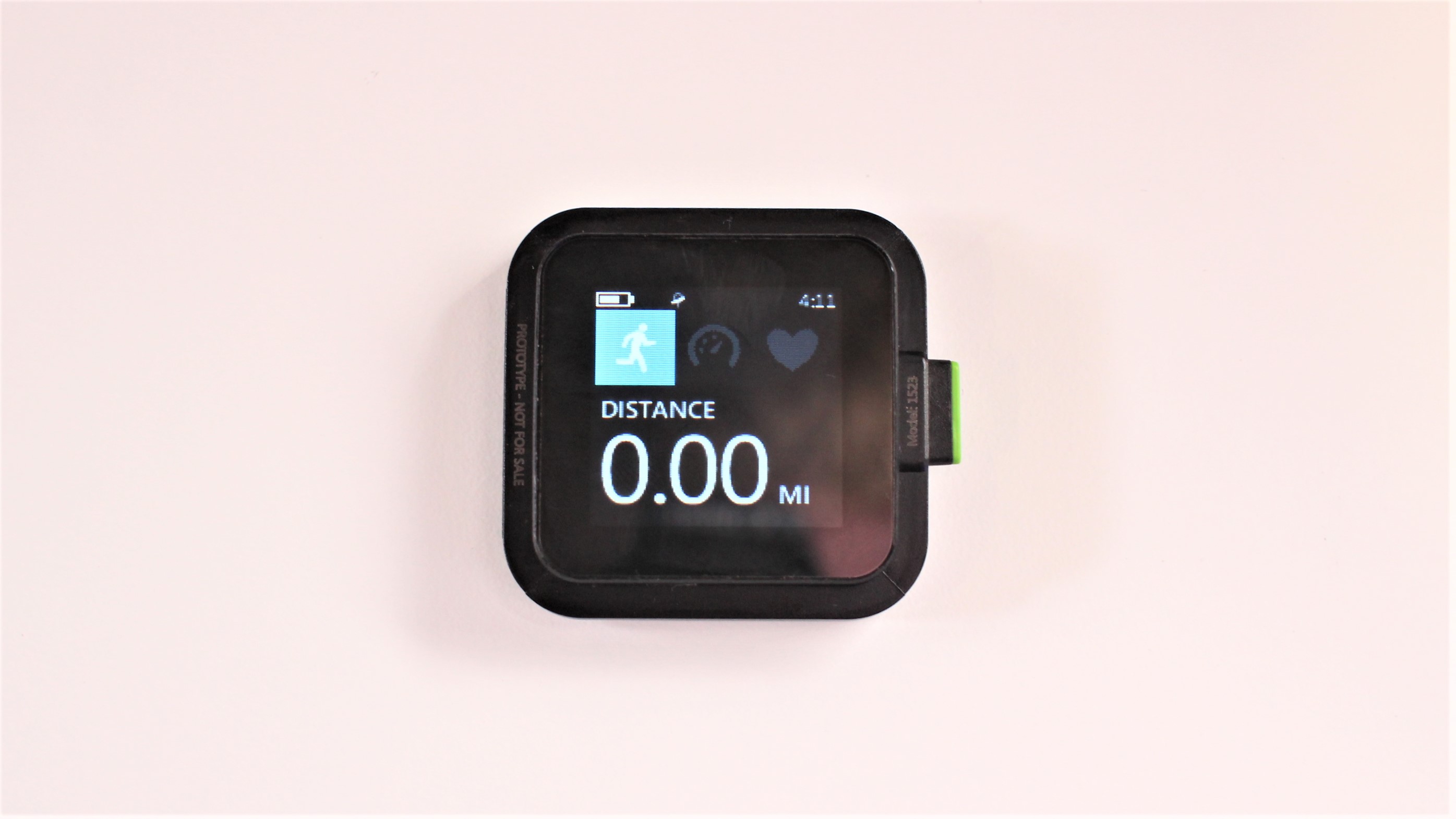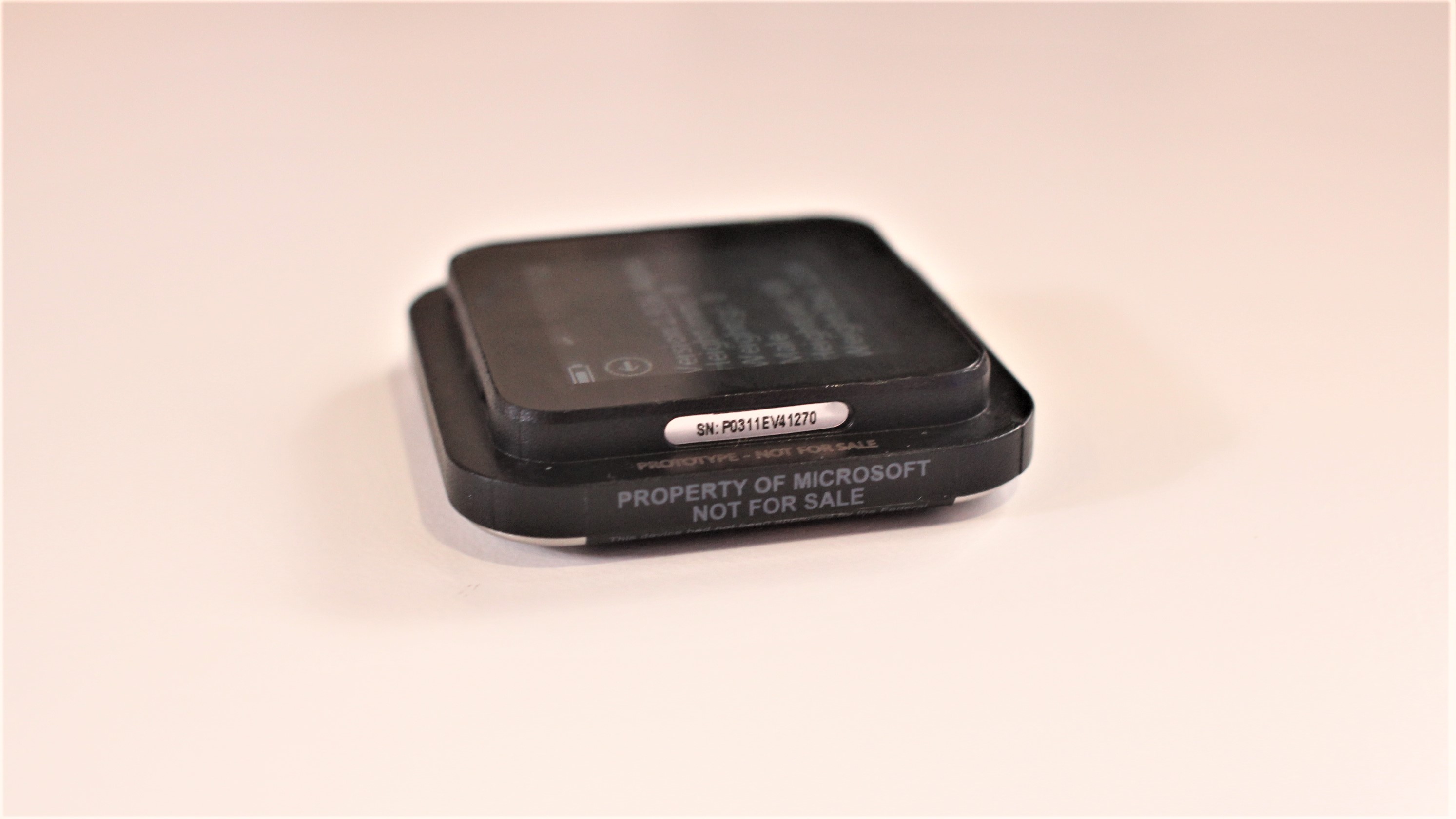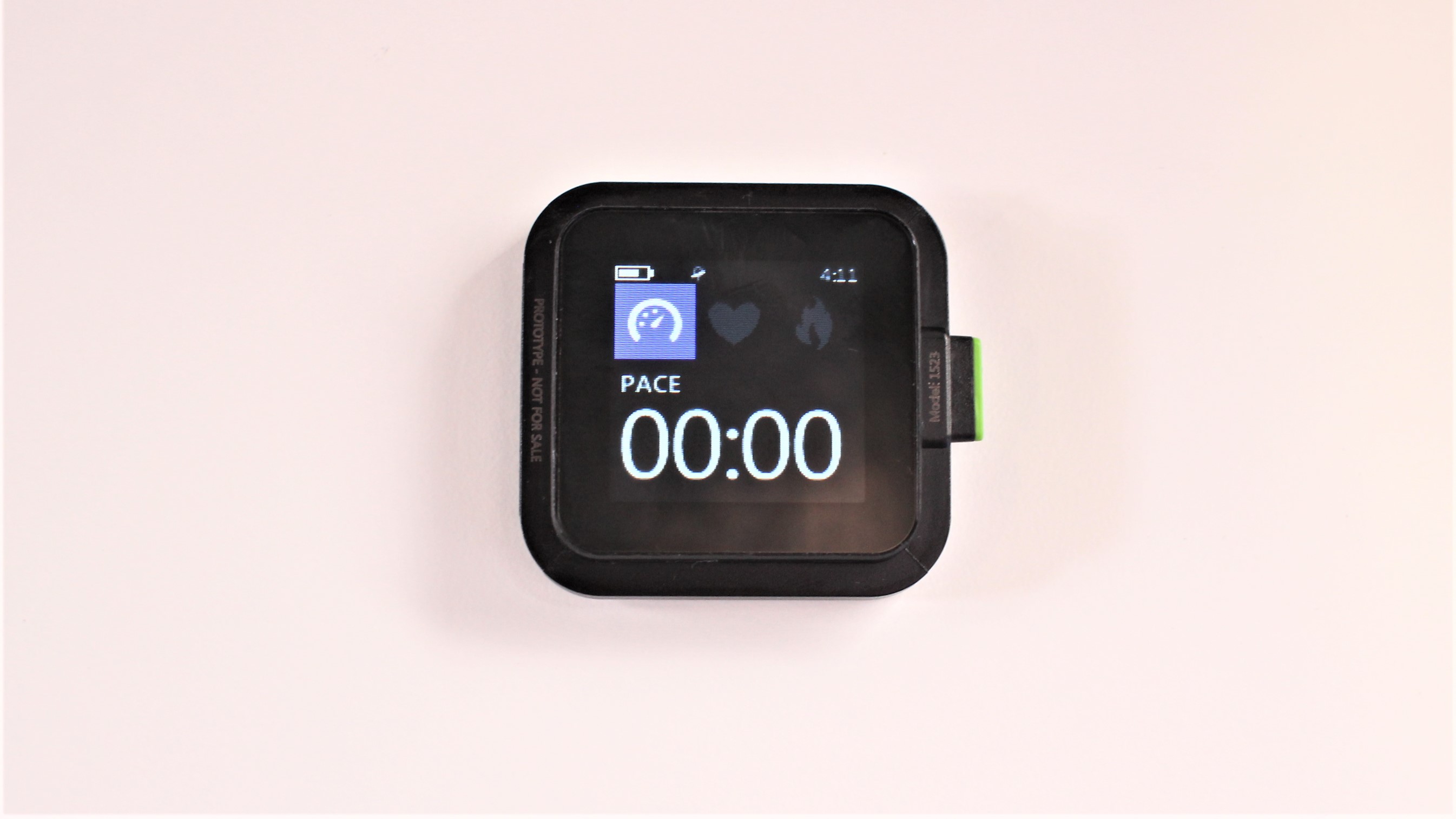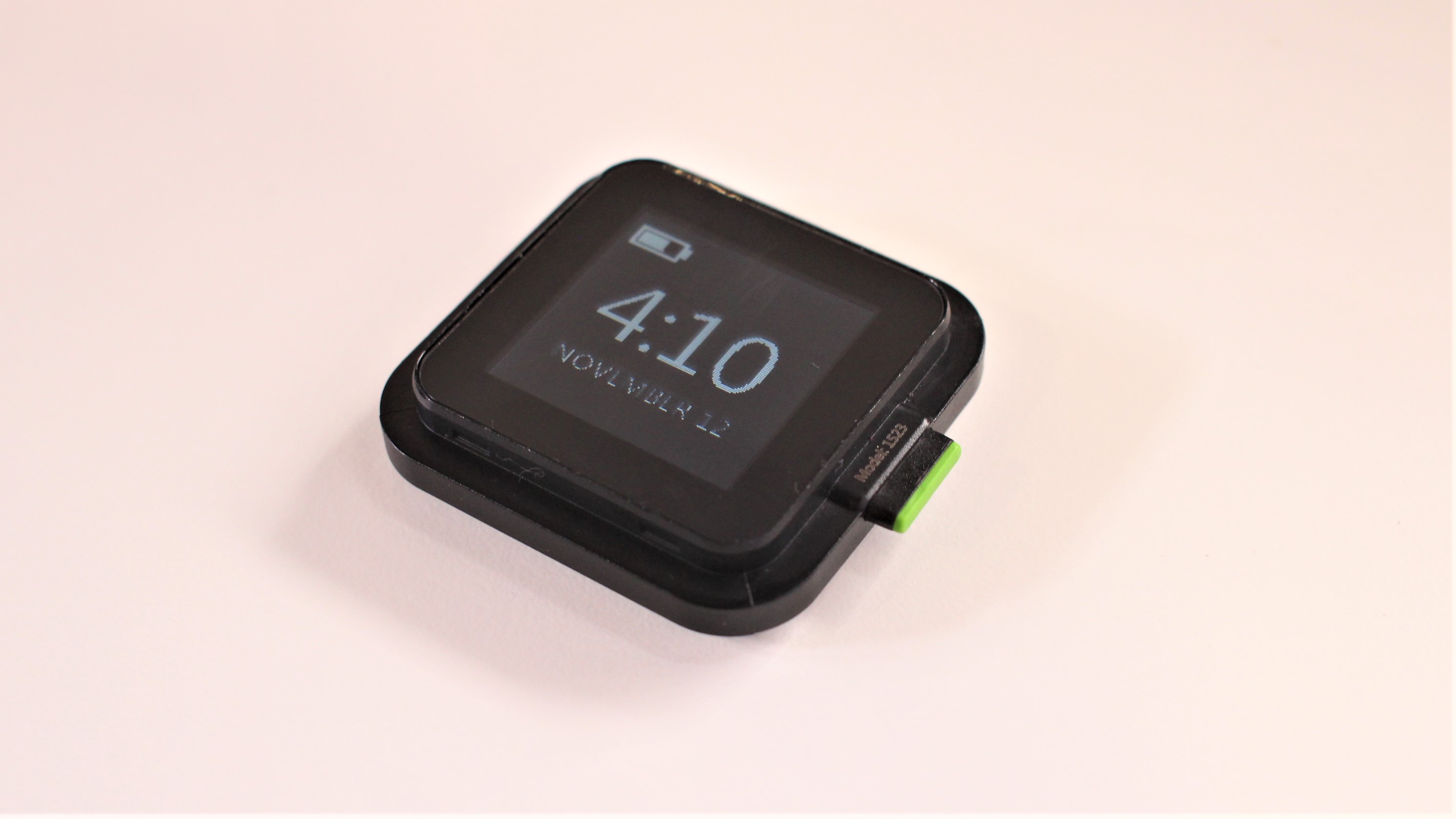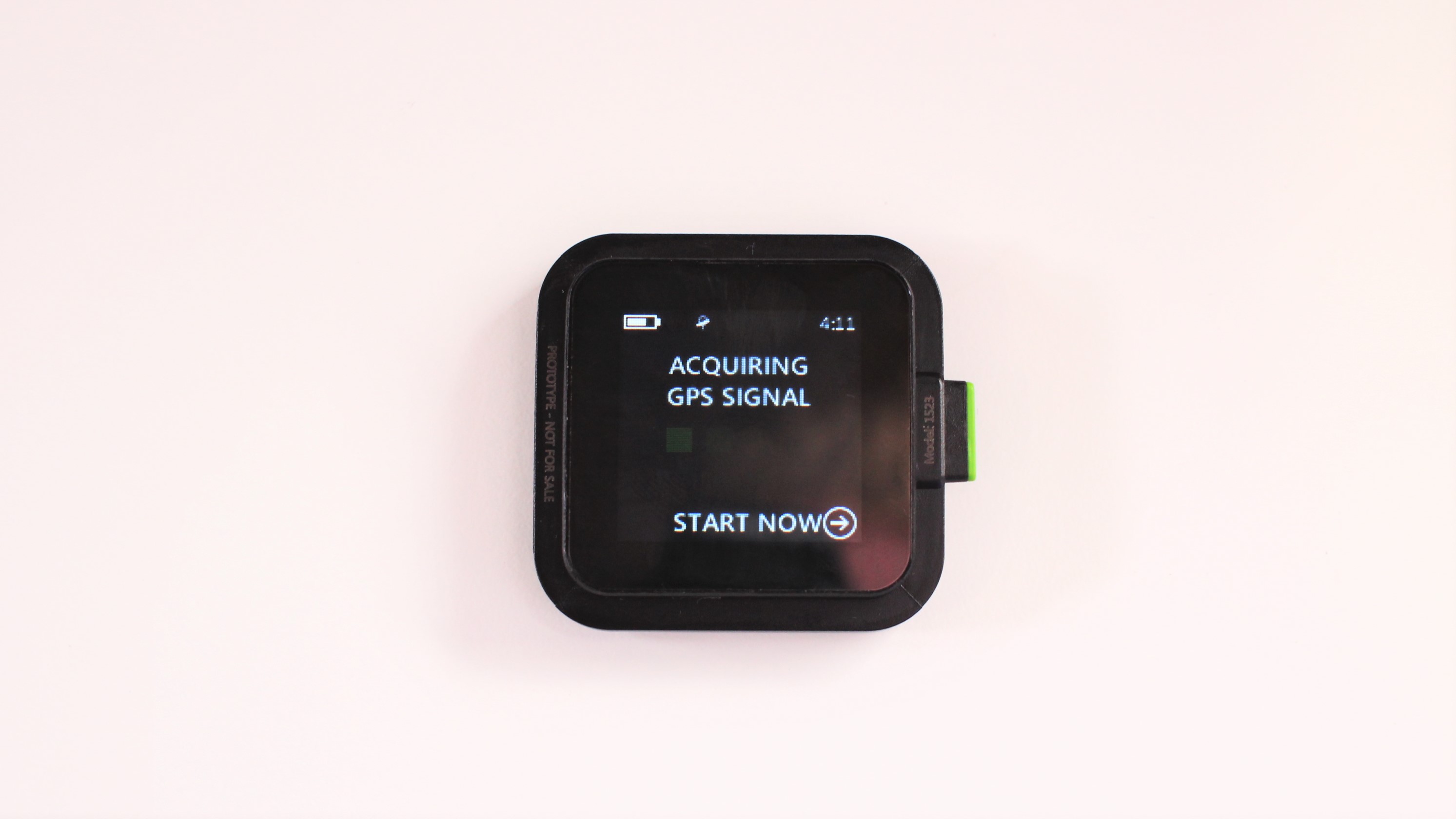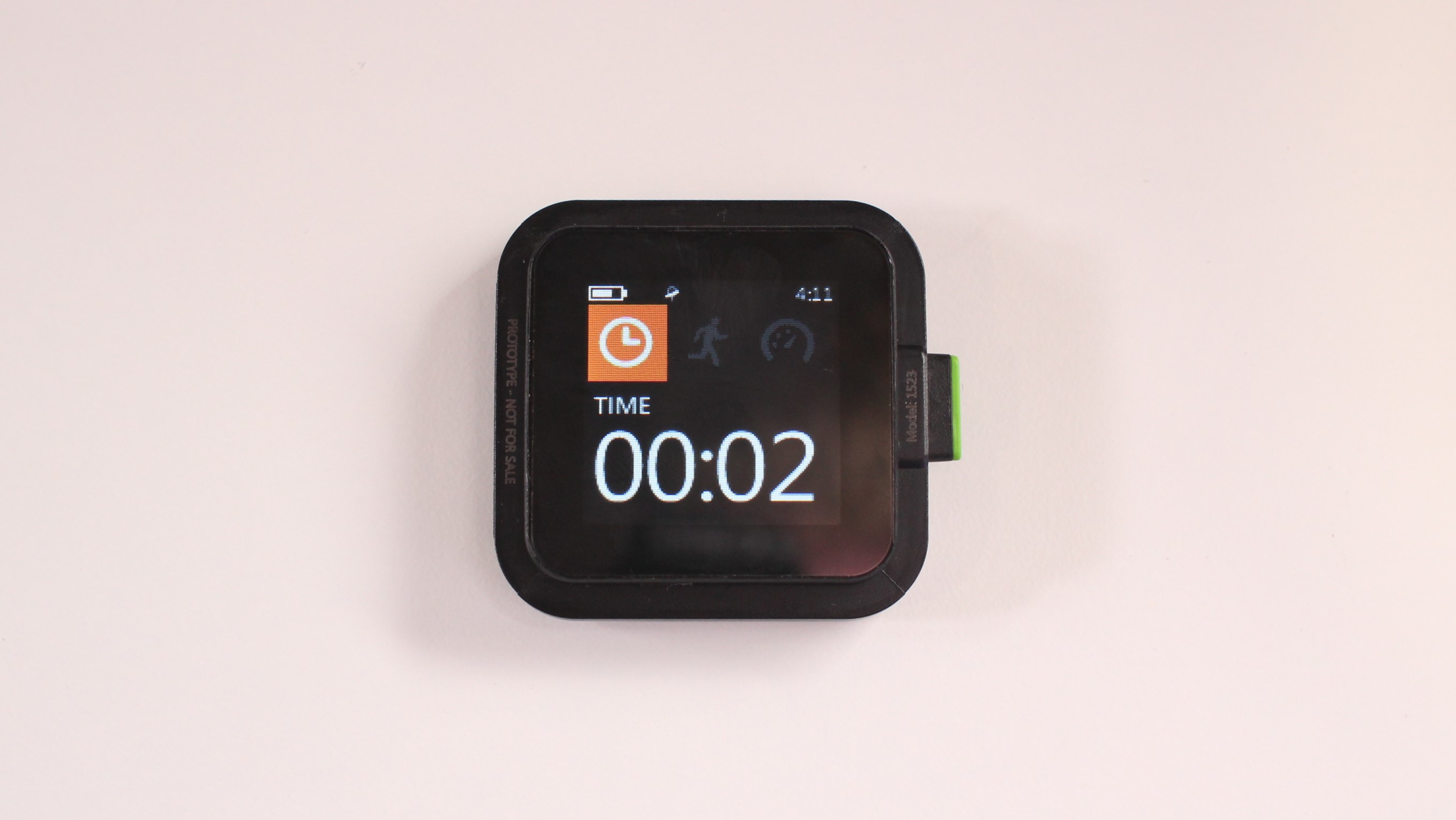Joule: The Xbox Wearable that Never Was
During the World Series, game seven I believe, Microsoft made an oddly timed announcement of releasing what was the first generation Band. Before that device became a reality, there was the ‘Joule’, a prototype device that was born in the Xbox labs.
The Joule was never released but it shows the vision Microsoft had for its wearables; even though we could never buy it, this device does allow us to live in a fantasy world of ‘what if’ and how it could have changed the future for the company.
Windows Intelligence In Your Inbox
Sign up for our new free newsletter to get three time-saving tips each Friday — and get free copies of Paul Thurrott's Windows 11 and Windows 10 Field Guides (normally $9.99) as a special welcome gift!
"*" indicates required fields
There is no doubt that this device was focused on exercise and this is the primary reason why it was moved out of the Xbox brand. Jumping into a time machine (and saving your notes) pays off here as I wrote…many years ago, the story of the birth of the Band after interviewing a few members of the team who created the first device; it was originally conceived that this device would interact with the Kinect too.
As this device evolved, it was clear, and I do agree, that it does not fit into the Xbox brand. It’s not a gaming device, it’s not a great accessory, it’s something different and thus, the ‘Band’ brand was born.
But, this device is special in its own unique ways. For starters, it’s square and resembles more of the Apple Watch than the Microsoft Band. It’s clear here that Microsoft understood this form factor would work and why they moved away from it is unknown but at least the Xbox team realized that square + wrist = a good thing.
It has all the features you would expect in 2018 but from a device in the 2014-era: GPS, heart rate monitor, a complete set of fitness tracking applications, and likely changeable wristbands. The button on the side turns the screen off and on but I suspect in a final version it may also get you back to the home screen as well.
On the side of the screen, there are two notches on each side of the display. It looks like there is an outer casing missing from the front of the display or what that could be is the attachment point for the wristbands.
The device supports swiping and tapping and that’s about all you can expect from a screen of this size. The heart rate monitor is reasonably accurate and is close enough to what my Apple Watch shows that I’m confident in its measurements.
There are several different modes such as FreePlay, which tracks you moving around (calories, location, ect) and workouts, but that part of the software was not fully completed; it asks you to subscribe to different styles of workouts that are not available.
In most cases, swiping down from the top offers a context menu or it will show you the time/date. The settings app only shows you ‘About’ information and lets you change the brightness. From a pure software perspective, you can tell that this is an early build of the software but it is a functional device which means it made it far enough along the development pipeline to get a bit of polish.
I will say that the interface is slow to respond to inputs and the screen is sub-par but again, this is a prototype. If you view the display from the side, the colors wash out very quickly and in bright light, the display can be hard to see. Even by 2014 standards, performance needed to be improved and gesture recognition refined as there were multiple misread inputs when playing with the hardware.
 The back and the front housing are made of plastic and the screen may also be made of plastic; it doesn’t feel like glass. The heart rate monitor and charger are on the back of the device and it uses a 4-pin charger that vaguely reminds me of what the Surface RT used. And of course, there is a large Xbox branding on the plastic-back too.
The back and the front housing are made of plastic and the screen may also be made of plastic; it doesn’t feel like glass. The heart rate monitor and charger are on the back of the device and it uses a 4-pin charger that vaguely reminds me of what the Surface RT used. And of course, there is a large Xbox branding on the plastic-back too.
One other minor feature is that it supports haptic feedback but it doesn’t appear to be fully implemented. When you turn the device on, there is a subtle vibration to let you know to let go of the side button but that’s the only time it operates.
The question remains if I think it was a good idea that the company abandoned this design and moved to what the Band became. That’s a tough question to answer as I do like the style and form factor much better than the Band but there are a lot of unknowns as well.
Most importantly, the price point. If this device were priced at $99, then it’s a no-brainer but I suspect it would be much closer to that of the Band at $250 or more…remember this was back in the 2014 timeline.
At the end of the day, this is a little post shines a bit of light into a Microsoft product that never-was. Would an Xbox branded device have performed better than the Band? While we will never know the answer to that question, considering the Band brand is dead, it’s hard to think it could have been any worse.

